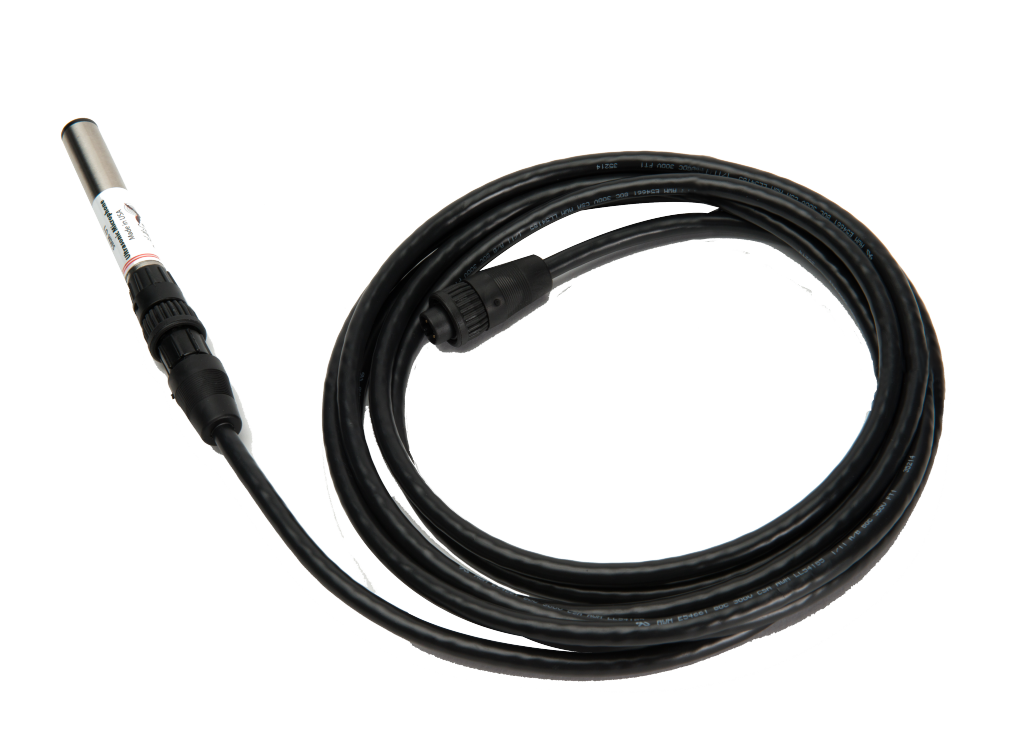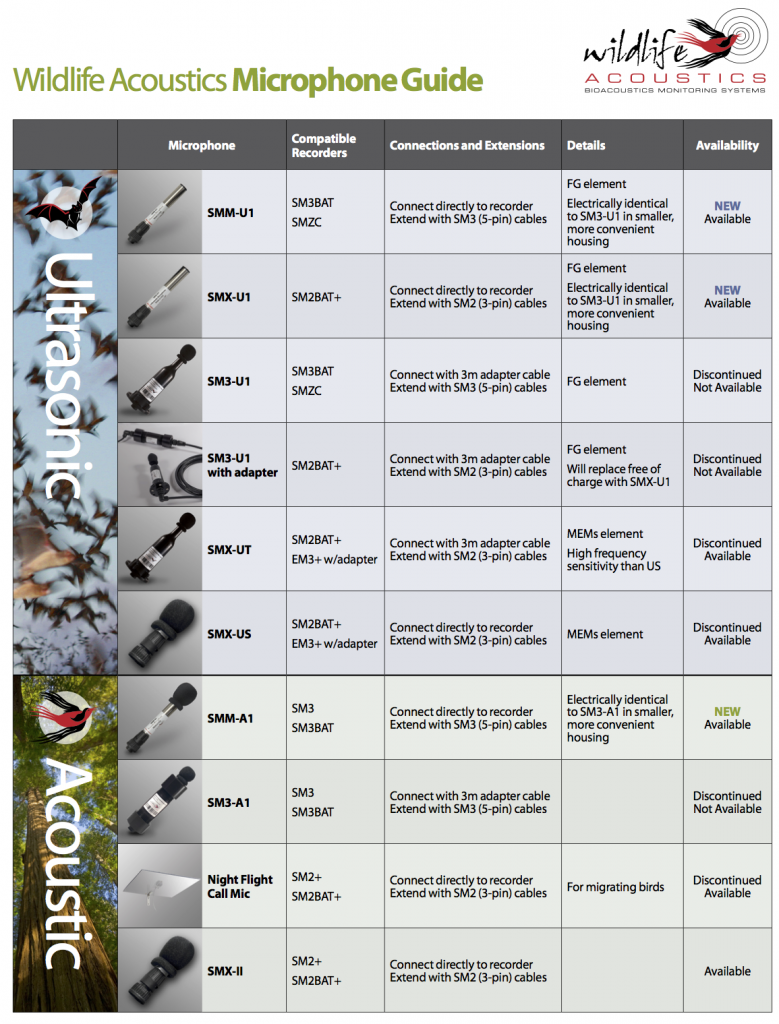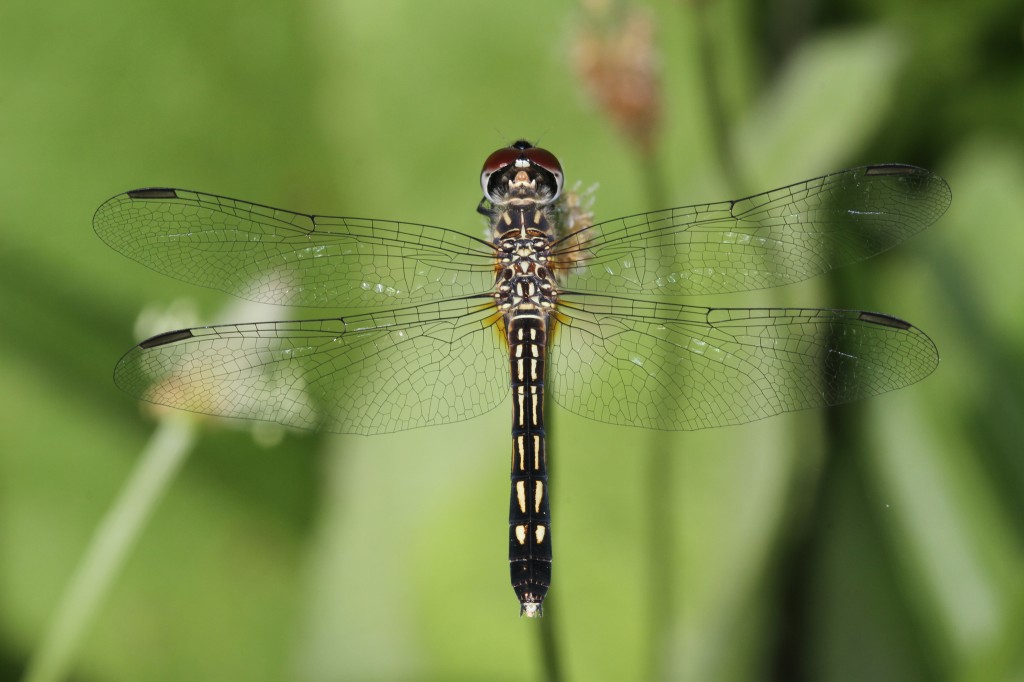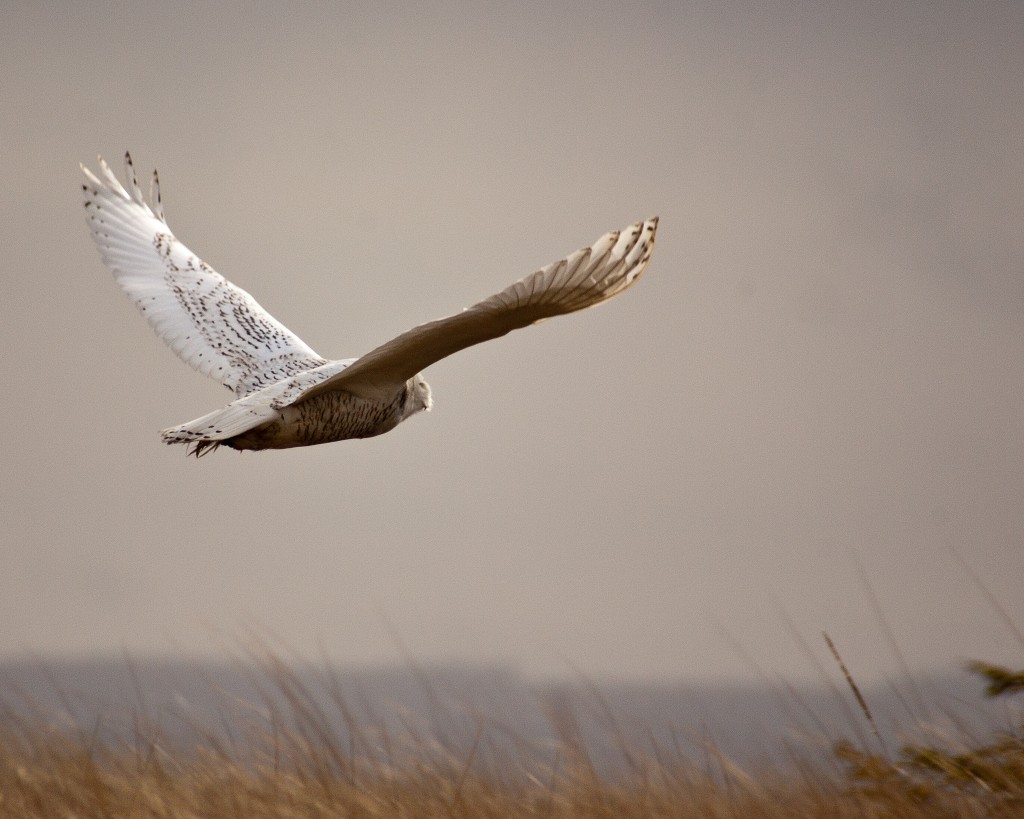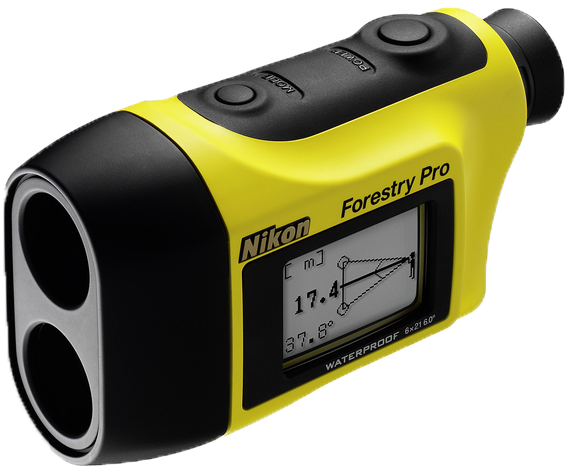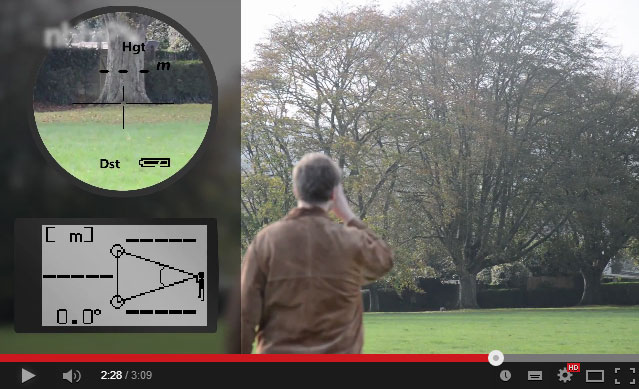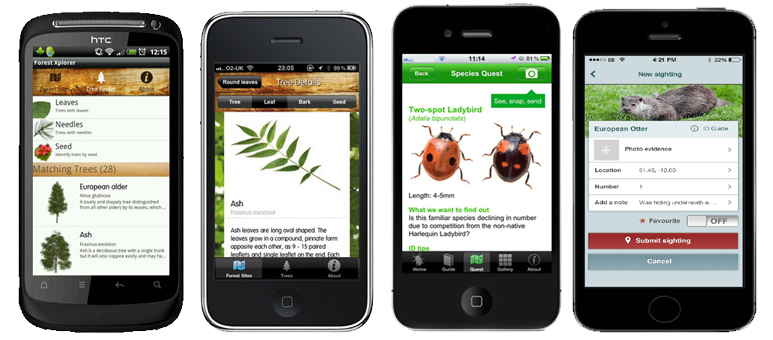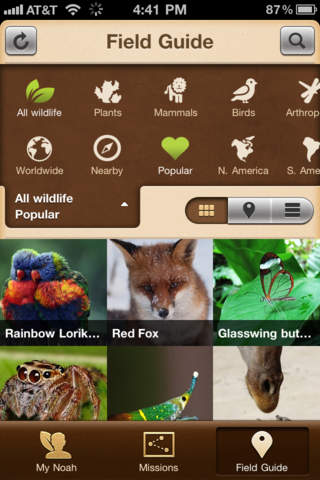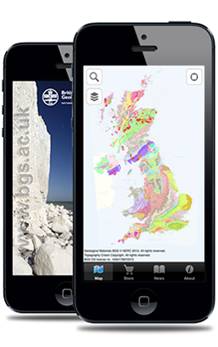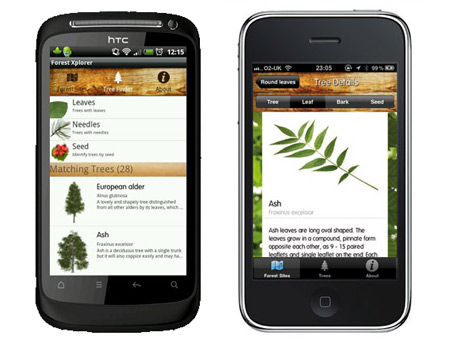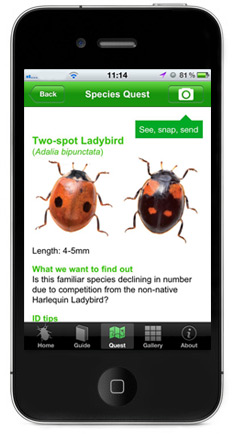Please note we have published an updated guide to choosing a trail camera with up to date information on the latest technology available. Some of the products described in this article may therefore be outdated or unavailable
Trail camera technology is developing all the time and the range of products on the market constantly expanding. While this is exciting, it can also be incredibly confusing, especially when you’re trying to choose which model is best suited to your needs.
Here are six things you should consider when trying to choose the trail camera that’s right for you:
1. Type of LEDs
The infrared LEDs on a trail camera provide the illumination needed to take pictures at night. Generally speaking, these come in two types: standard or low glow. Standard LEDs have a shorter wavelength which means that they will emit a small amount of visible light when activated. This will be seen as a small red flash. Low glow LEDs, having a longer wavelength, do not produce this tell-tale red glow so have obvious benefits for wildlife photography. Low glow types, however, will have a shorter range than standard LEDs.
2. Trigger speed
Trigger speed is the time taken for an image or video to be recorded after the infrared motion sensor has been triggered. If your subject is fast moving then a quicker trigger speed will help to ensure you capture great images. Fastest trigger speeds are currently around 0.07 seconds (e.g. the Spypoint Force-11D).
3. Picture and video resolution
As with any type of camera, image and video resolution are important, and the image quality you require will depend on what you will be using your footage for, along with your budget. Most trail cameras will give you the option to alter the resolution using compression or interpolation methods. This can be useful if you are deploying your camera for long periods, when memory card capacity may become an issue. It also means, however, that you should check the resolution of the camera image sensor as the advertised megapixel value often relates to the interpolated resolution (* see note below for a definition of interpolation).
4. Does it have a viewing screen?
Having an image preview screen in your trail camera is beneficial in two ways: Firstly, it allows you to quickly check the images that you have recorded without having to remove the SD card or plug it into a laptop. Secondly, and perhaps more importantly, it lets you take a few test images. By walking (or running) in front of the camera and checking the image captured, you can be assured that your camera angle and position is exactly right. The Bushnell Aggressor range and Spypoint Force-11D all have a good sized viewing screen.
5. Camera settings
All trail cameras will give you some control over the capture settings. Most will allow you to change the number of images taken per trigger as well as the length of video recorded. It is usually possible, as well, to specify the delay between photos and/or trigger events. Time lapse options allow you to take photographs at regular intervals between hours of your choice, and some cameras, such as those in the Bushnell range, can be set with two separate time lapse windows. This is useful if you are interested in both dusk and dawn activities.
6. Wireless functionality
Cameras with wireless functionality will send images directly to your mobile phone or email account. This offers huge time saving benefits, as well as reducing the amount of disturbance at your survey site. Several cameras now have wireless capabilities, and some will even allow you to alter your camera settings remotely. An activated SIM card is required to use these features. All of the cameras in the Ltl Acorn range are available with wireless capabilities.
* Interpolation is where the software inside the camera produces a larger image by adding pixels. These extra pixels are created by application of an algorithm which uses adjacent pixels to create the most likely colour.
Please note we have published an updated guide to choosing a trail camera with up to date information on the latest technology available. Some of the products described in this article may therefore be outdated or unavailable


